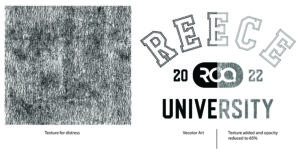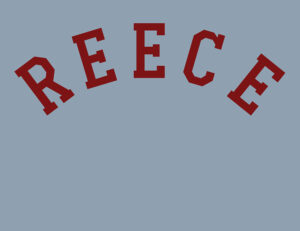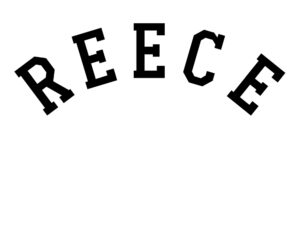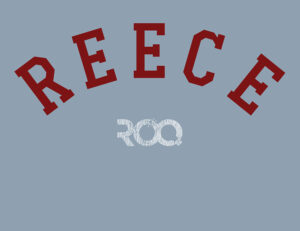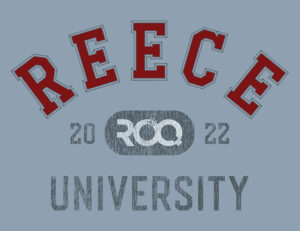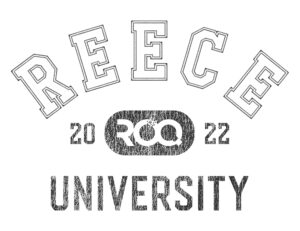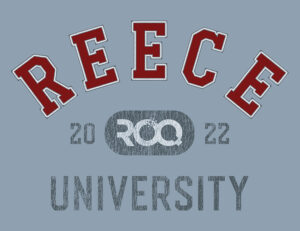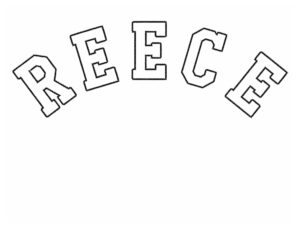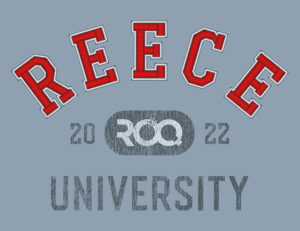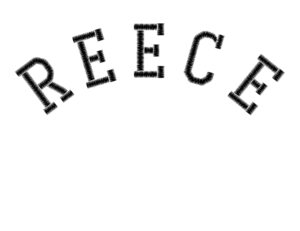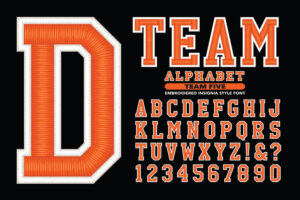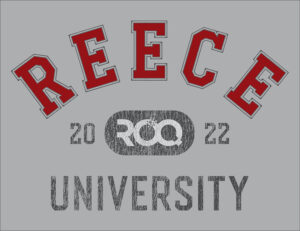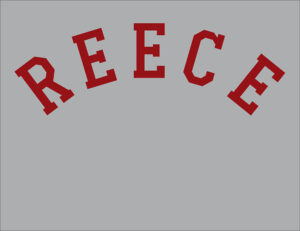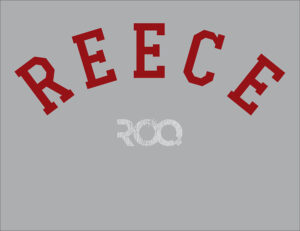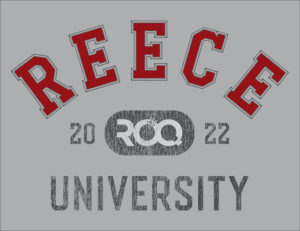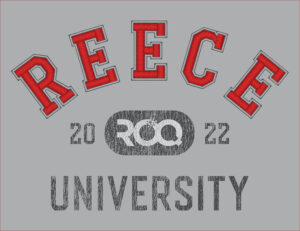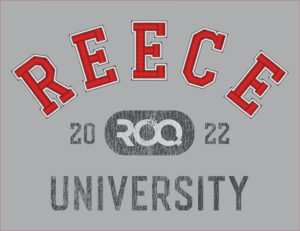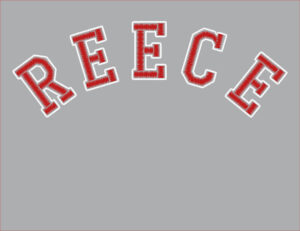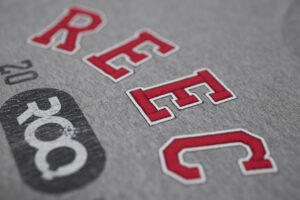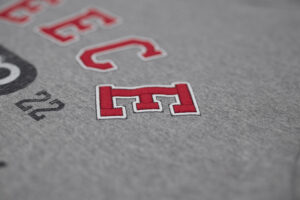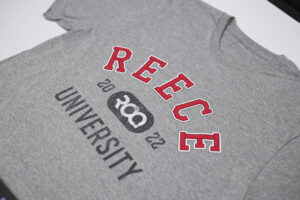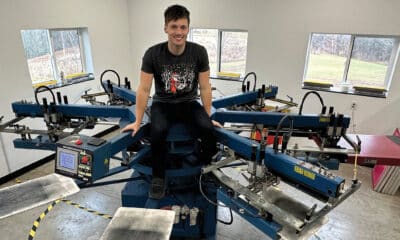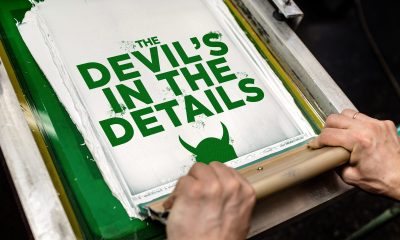
YOU’RE LOOKING to enhance your end-product, excite customers, and elevate your position in the market, consider special effects. Many of your peers are currently offering scratch ‘n sniff scents, glitter, puff, glow in the dark, and high density to take their prints to the next level.
According to Family Industries, here’s a list of all the special effects that are possible with screen printing:
- Water-based
Absorbs into the fabric for a very lightweight and soft print.
- Discharge
Water-based inks that remove the dye from the fabric.
- Puff
This additive expands while being cured, for a soft, raised feel.
- Fluorescent
Very bright neon colors, also known as “day glow.”
- Metallic
Popular ink for a shiny look. Typically, in gold, silver, or copper.
- Soft Hand
Additive for reducing the thickness of ink for a softer feel.
- Glitter
Contains glitter for a sparkly look, often combined with a clear gel.
- Glow-in-the-dark
Almost clear, light-activated ink that glows in the dark.
- Suede
Similar to puff, but it creates a soft and fuzzy texture to the surface.
- High-density
Creates raised layers of rubber-like ink for a three-dimensional print.
- Clear Gel
A thick glossy coating that can be used in combination with others.
- Shimmer
Creates a unique reflective, iridescent shine.
- Crackle
Splits and cracks during curing for a naturally distressed look.
- Plasti-charge
Combines the best of plastisol and discharge.
Want to learn how to screen print with foils and metallic inks? Head over to screenprintingmag.com for more insight from Family Industries.
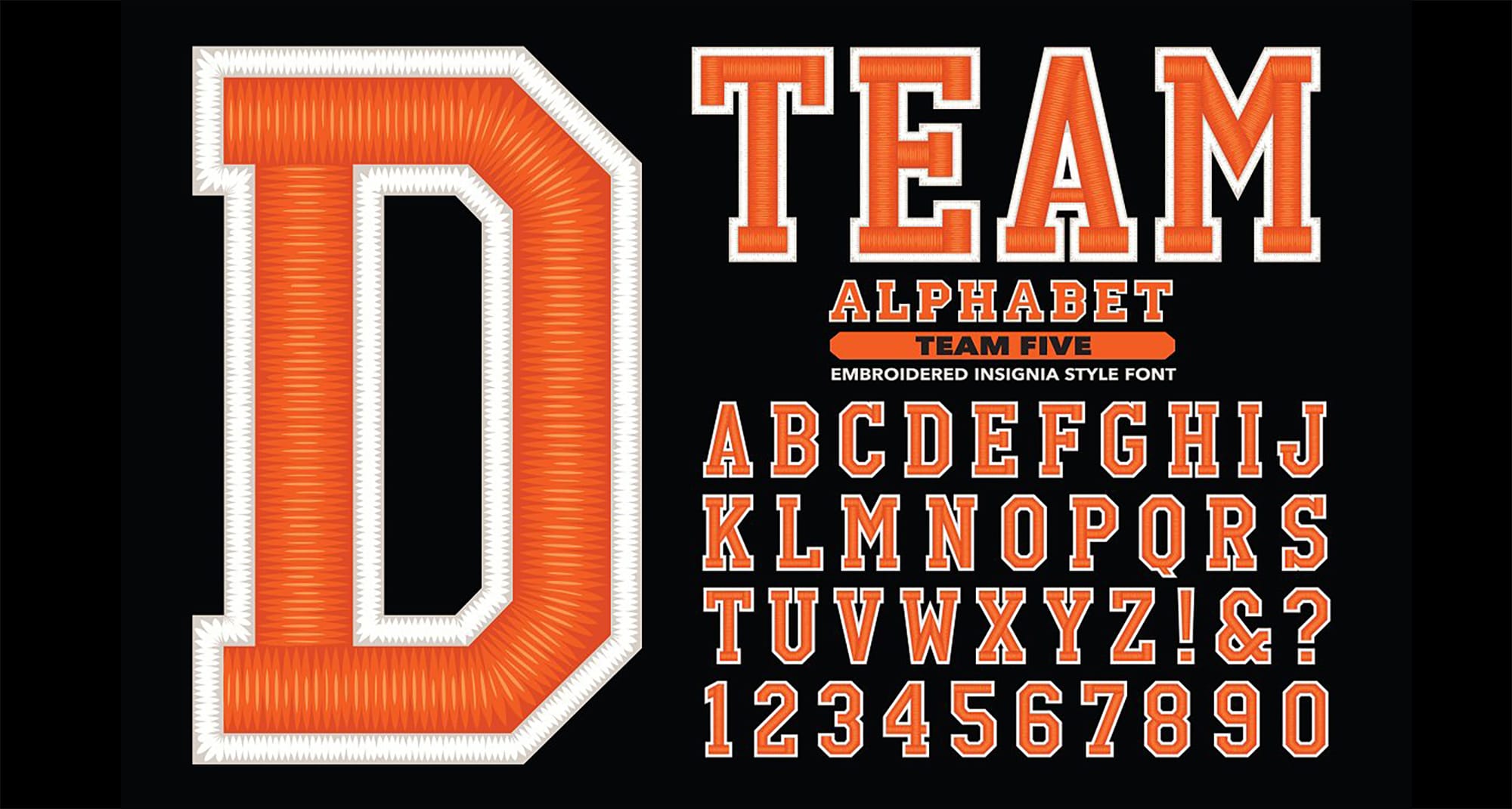
To help you better understand puff ink, Brian Lessard, partner at MADE Lab, breaks down a recent special effect print for an open house workshop. His goal was to explain a special effect that could easily be achieved by printers. The design needed to print on a six-color automatic press using only one flash unit. Follow along for Brian’s step-by-step process of screen printing with puff ink.
DESIGN
We used an embroidery-inspired typeface from Mysterylab Designs purchased on Creative Market. This allows anyone to purchase the typeface and recreate similar art to what we printed.
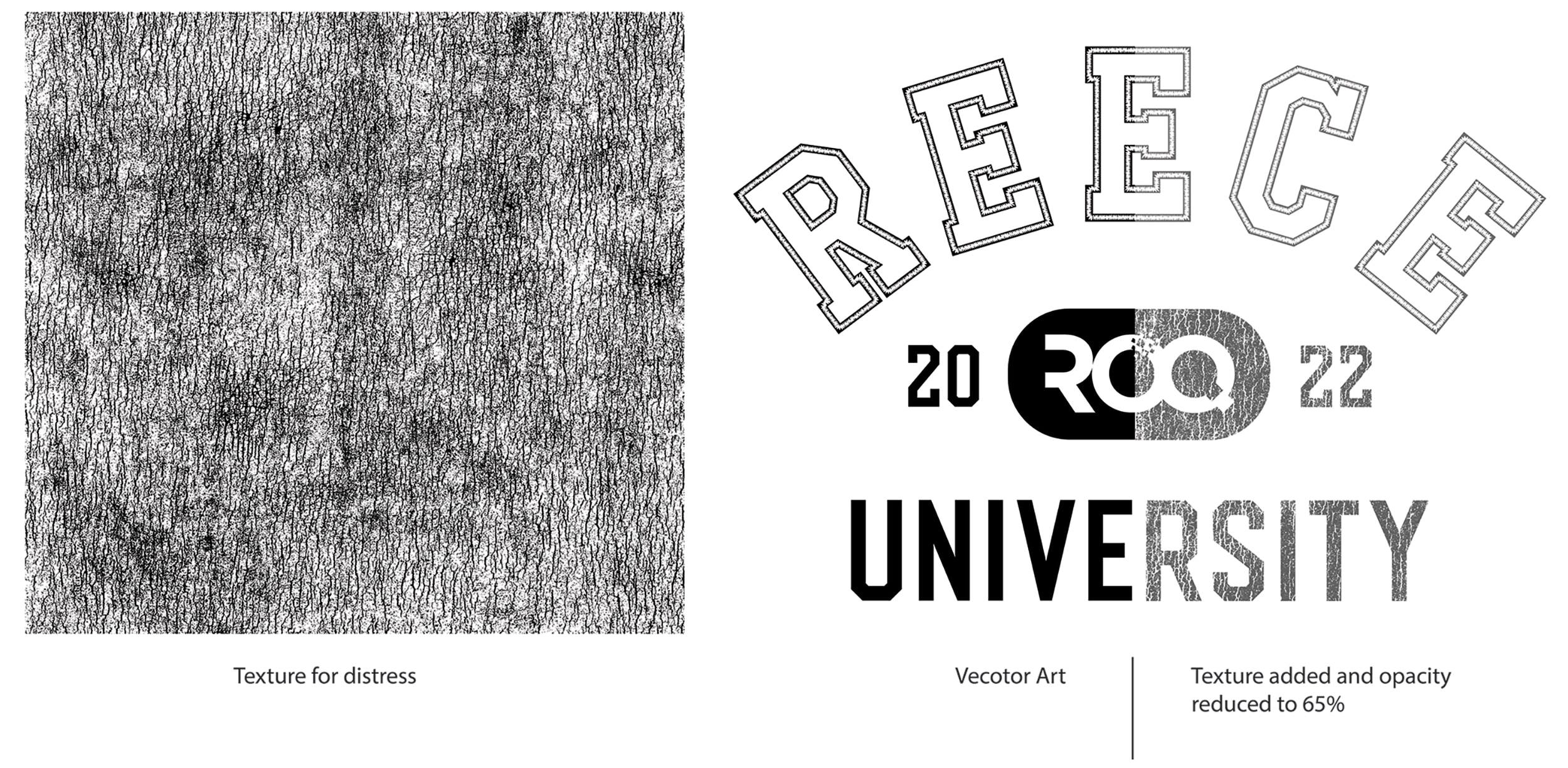
PUFF INK
This special effect print uses only one additive to keep it simple. We chose Avient Flexipuff because it can be added to any plastisol ink to achieve a puff effect and it is very durable, i.e., it won’t crack and fall off the shirt when stretched. The puff combined with the art makes an interesting print that any printer can reproduce on an automatic or manual press. All other colors are unmodified plastisol inks printed through standard mesh screens.
We printed the puff white direct to fabric and the puff red over a thin layer of red ink. We did this to show how puff reacts in both applications. With direct to fabric, the puff will react to the texture of the shirt and rise higher with more texture, depending on the shirt. Printed on top of an ink, the puff generally won’t rise as high, but can be better controlled by how thick the ink underneath is printed. This produces a more even, smoother puff.
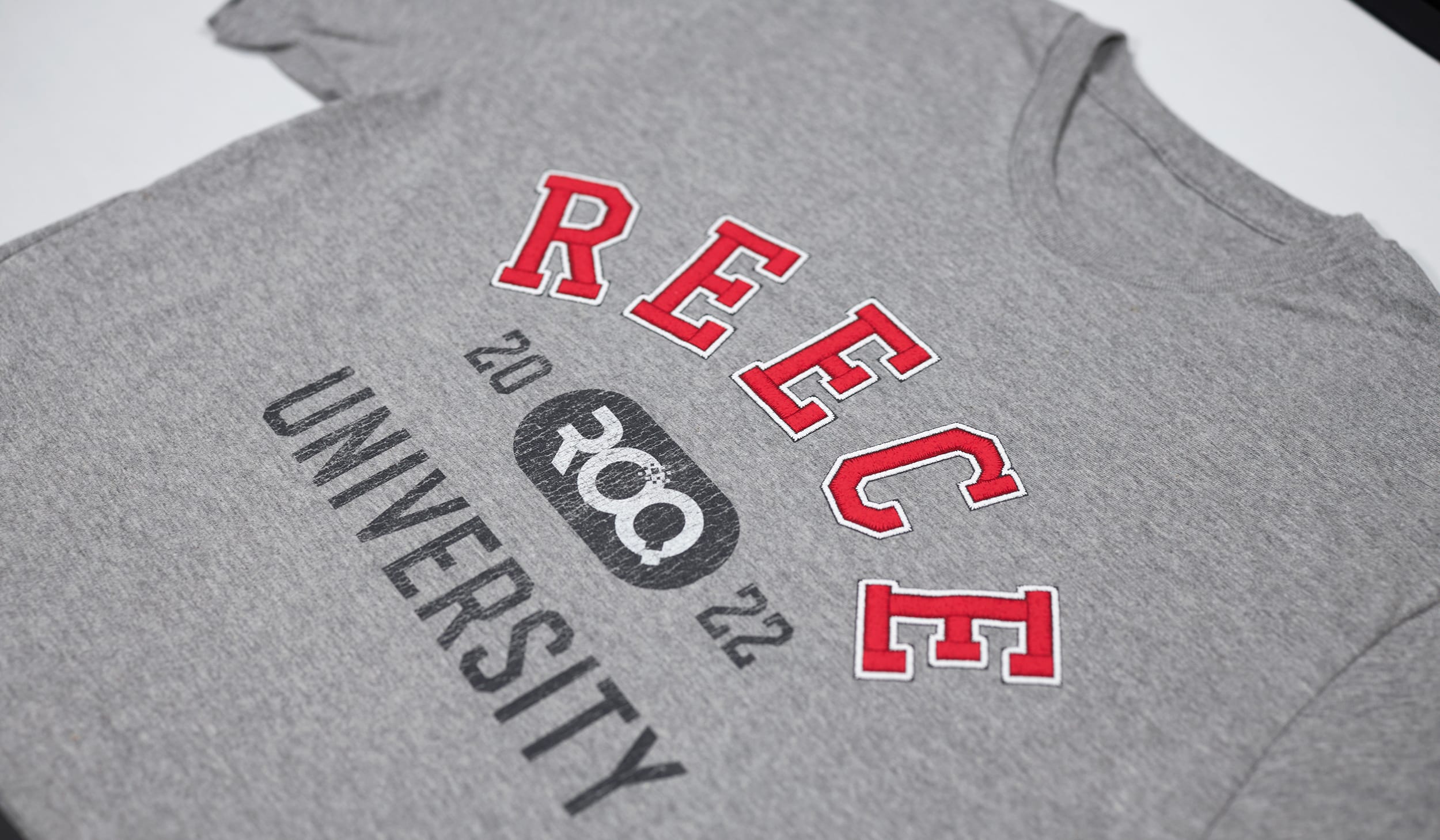
SCREENS
We used 305 mesh for the white and grey distressed portions of the print. Using a 305, adding a texture, and reducing the opacity of the art to 65 percent allows us to use a standard opacity plastisol ink right out of the bucket and achieve a soft print rather than reducing the ink with plastisol thinner, which creates one more custom mix on the ink shelf.
For the puff we used 86t mesh. The mesh is coarse, which allows us to achieve a good deposit and also leaves a subtle texture on the ink surface to make it more interesting.
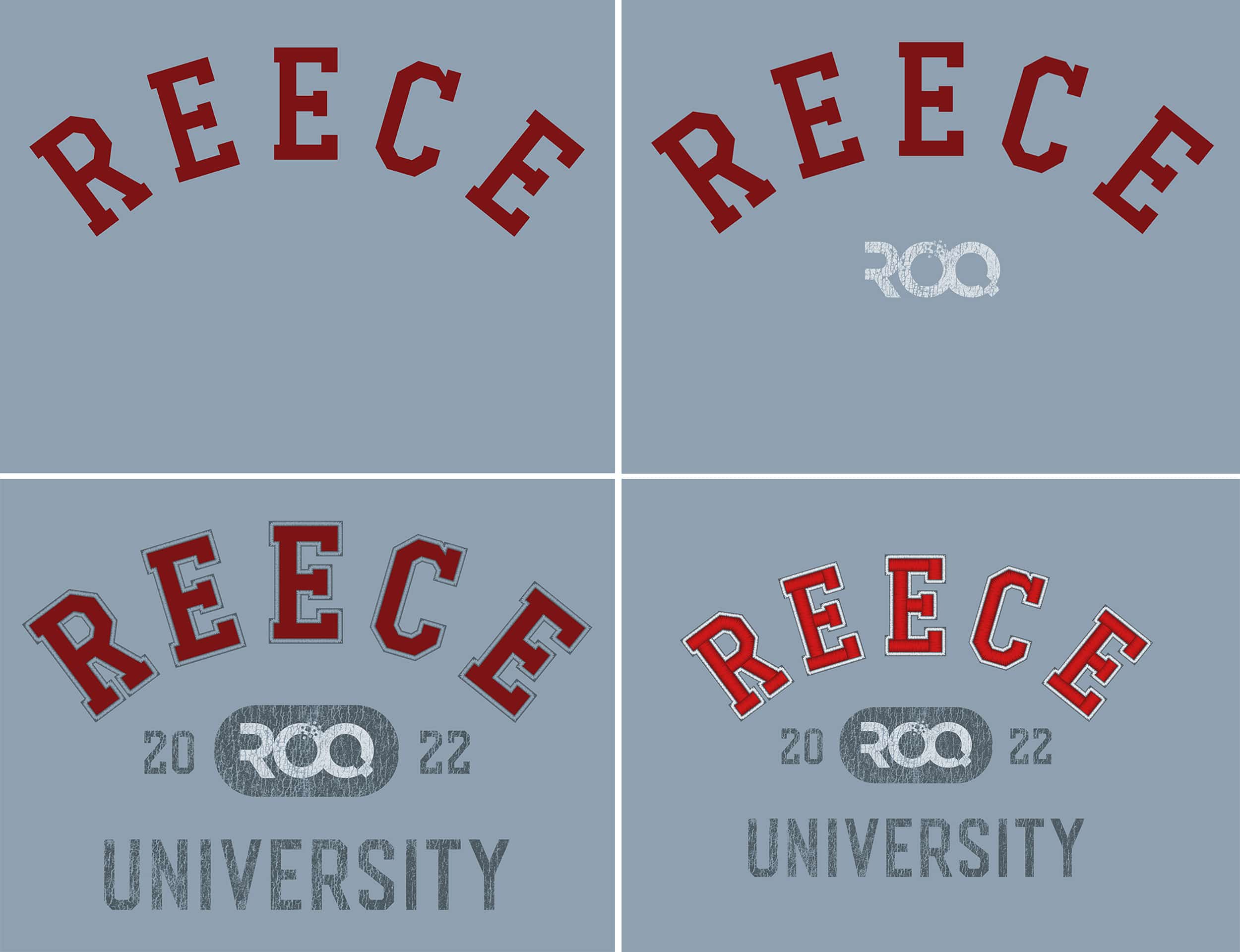
CURING PUFF
This can be the trickiest part for printers. A puff ink starts out flat like a standard ink when printed and then expands when exposed to heat in the dryer or under a flash. Not enough heat and the puff ink will remain flat. Too much heat and the puff will collapse and become shiny. The key to successfully printing puff is to adjust the heat and dwell time of the dryer until the puff has a matte finish and rises off the shirt. Note: The heavier the ink deposit, the higher the puff will be. For large designs, two layers of puff with a flash between may be required.
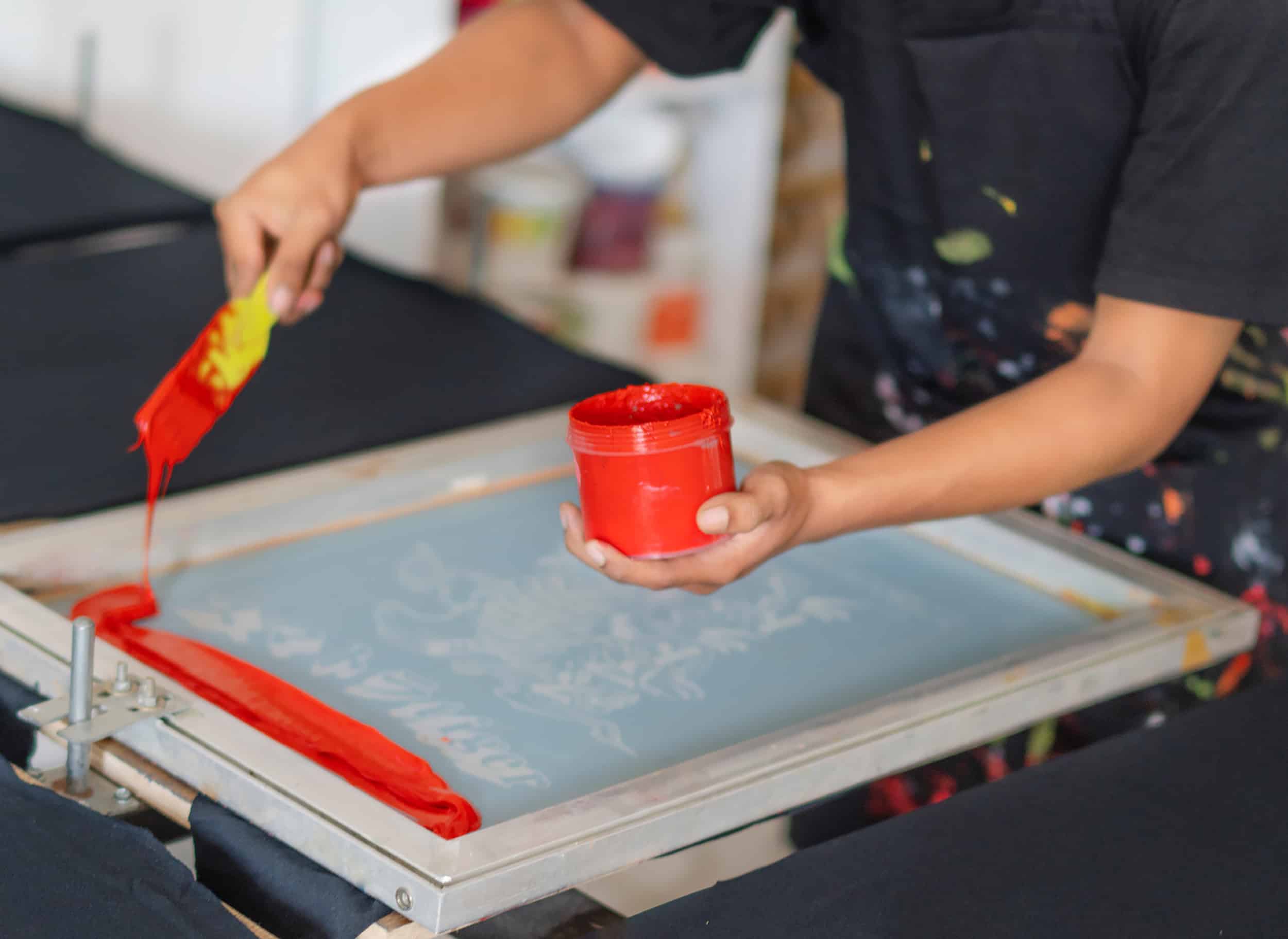
Where to Start?
We asked the Brain Squad: What are your tips for someone who wants to offer special effects? While some joked, like Shannon McKinnon of Aisle 6ix, who said “Good luck” or Rene Cantu of 361 Printing who said, “Rather it be them than me,” others, like Keith Abrams from The Decoration Facility, gave practical advice, like “test, test, and then test some more.” Here’s what more of your peers have to say:
PHOTO GALLERY (22 IMAGES)
Advertisement
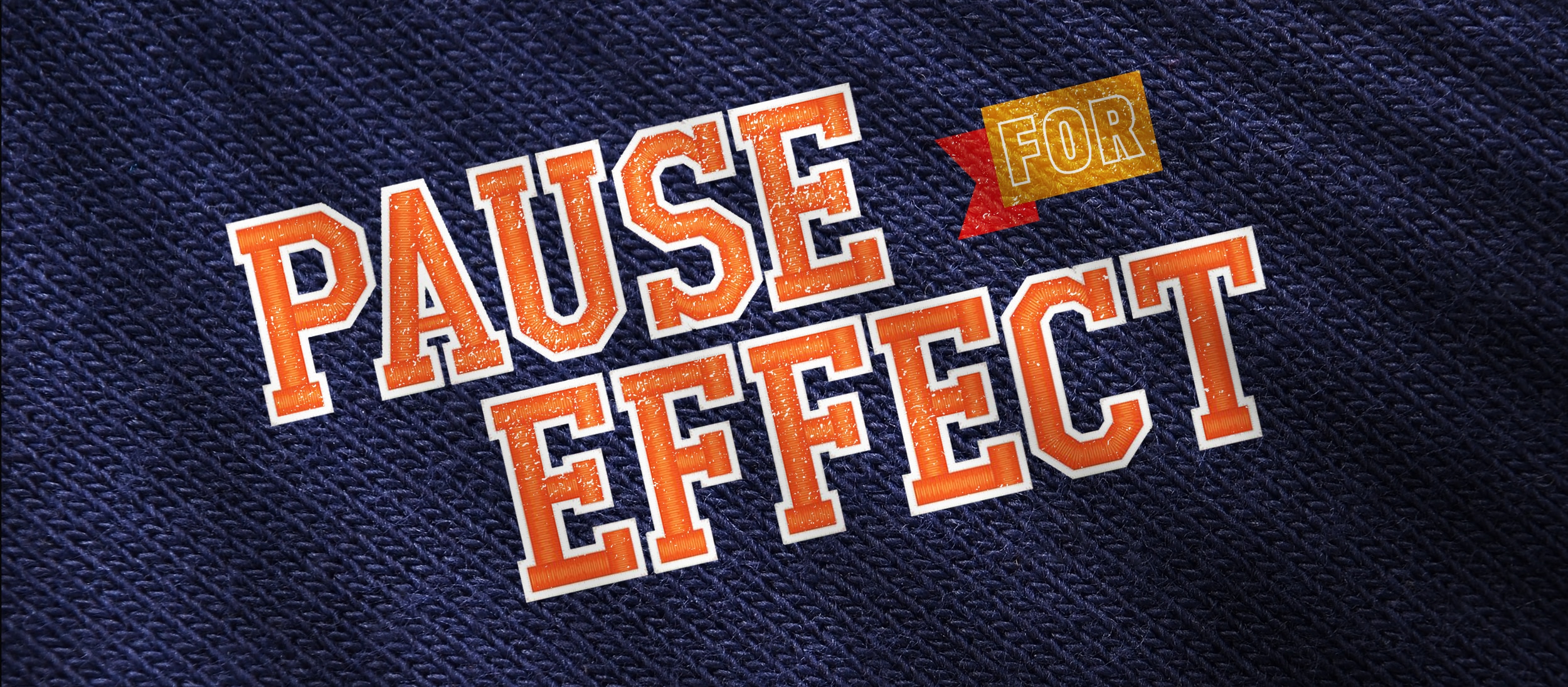

 Case Studies2 months ago
Case Studies2 months ago
 Art, Ad, or Alchemy2 months ago
Art, Ad, or Alchemy2 months ago
 Andy MacDougall2 months ago
Andy MacDougall2 months ago
 Columns3 weeks ago
Columns3 weeks ago
 Editor's Note2 weeks ago
Editor's Note2 weeks ago
 Marshall Atkinson2 weeks ago
Marshall Atkinson2 weeks ago
 Thomas Trimingham2 months ago
Thomas Trimingham2 months ago
 News & Trends2 months ago
News & Trends2 months ago






